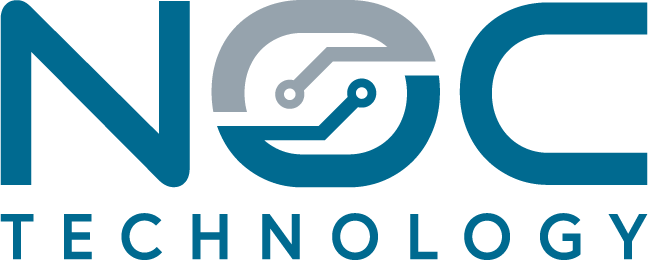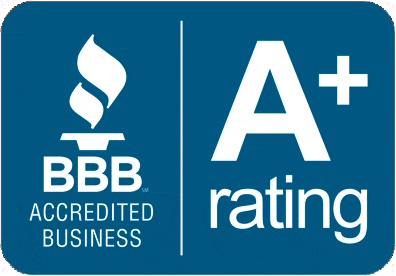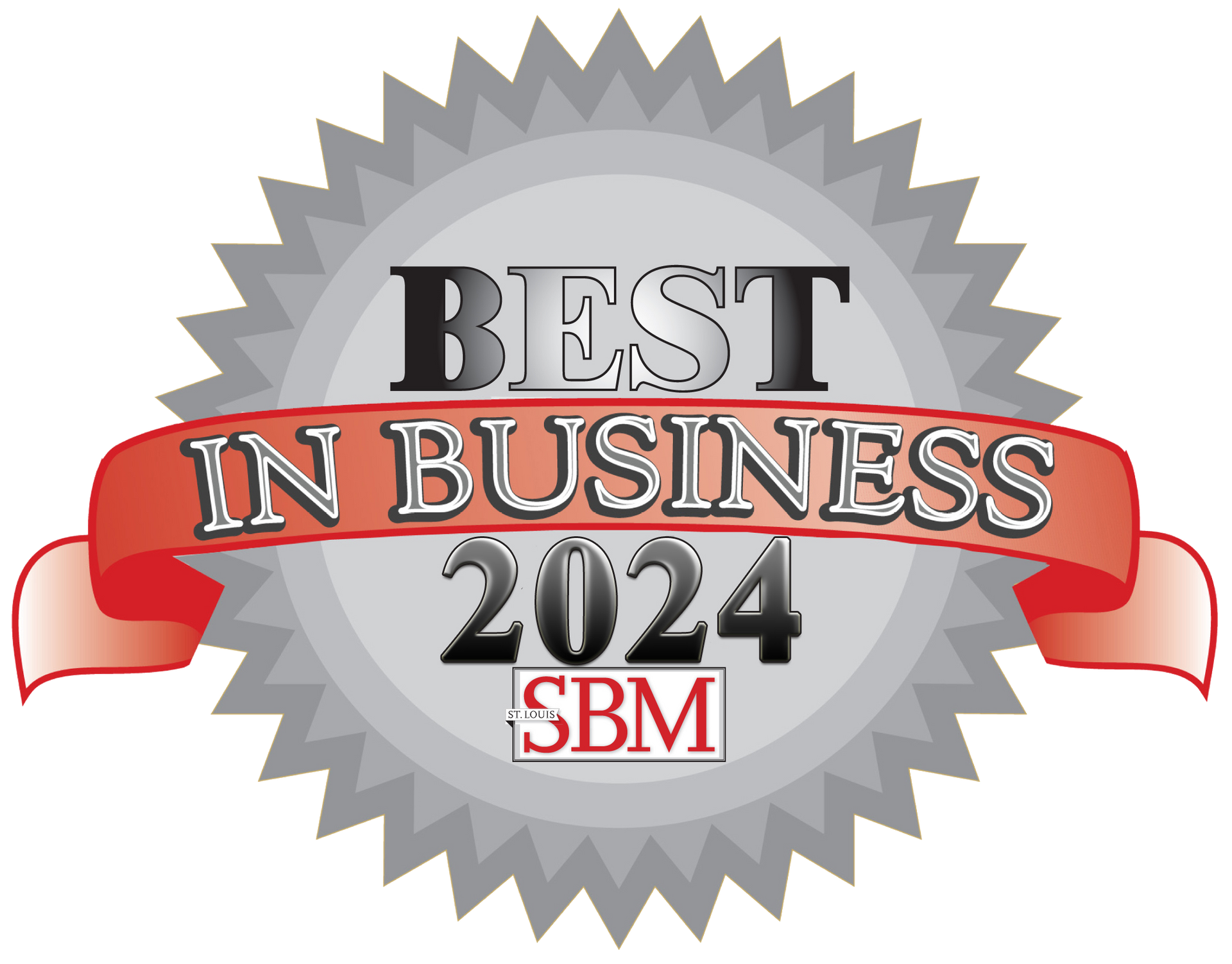CPA Firms Achieve SOC 2 Compliance Without Full-Time IT Security
by Jon Lober | NOC Technology
How Do CPA Firms in Missouri Achieve SOC 2 Compliance Without Hiring a Full-Time IT Security Person?
Missouri CPA firms achieve SOC 2 Type II compliance through managed security services at $35,000-$85,000 annually , compared to $95,000-$125,000 for a full-time security professional. The typical certification timeline runs 12-18 months from initial assessment to Type II attestation, with 78% of firms reporting increased client retention after achieving compliance.
Why Are More CPA Firms in Missouri Being Asked for SOC 2 Compliance?
Private equity firms and venture capital portfolio companies now require their CPA firms to demonstrate SOC 2 compliance before sharing financial data. In the St. Louis metro area alone, 42% of CPA firms with 20+ employees reported SOC 2 requests from clients in 2024, up from just 12% in 2021. This surge reflects the concentration of PE-backed manufacturing and healthcare companies across Missouri, particularly in St. Charles County and west St. Louis County Source .
The pressure intensifies for firms handling:
- PE portfolio company audits - 87% of PE firms now mandate SOC 2 for their service providers
- Healthcare client financials - HIPAA-adjacent requirements drive compliance needs
- Manufacturing M&A transactions - Due diligence teams require attestation before deal close
- VC-backed startup tax work - Board requirements flow down to all vendors
Missouri CPA firms face a unique challenge. Unlike coastal markets where security talent is plentiful, the St. Louis region has 3,200 unfilled cybersecurity positions with average salaries reaching $118,000. This talent shortage makes the traditional approach of hiring dedicated IT security staff financially prohibitive for mid-sized firms.
What Does SOC 2 Type II Compliance Actually Require for a 50-Person CPA Firm?
SOC 2 Type II compliance for a 50-person CPA firm requires demonstrating effective security controls over a minimum 6-month observation period , with most firms choosing 12 months for credibility. The framework demands evidence across five trust service criteria, though most CPA firms focus on Security (mandatory) and Availability (client-facing systems).
| Control Category | Specific Requirements | Typical Evidence Needed | Implementation Timeline |
|---|---|---|---|
| Access Management | MFA on all systems, quarterly access reviews | 12 months of access logs, termination records | 2-3 months |
| Change Management | Documented approval process for system changes | Change tickets, testing documentation | 1-2 months |
| Risk Assessment | Annual risk assessment with mitigation plans | Risk register, treatment plans, vendor assessments | 3-4 months |
| Incident Response | Written IR plan with annual testing | Tabletop exercise results, incident tickets | 2-3 months |
| Vendor Management | Security reviews for all critical vendors | Vendor SOC 2 reports, security questionnaires | 4-6 months |
| Physical Security | Badge access, visitor logs, clean desk policy | Access logs, security camera retention | 1-2 months |
For Missouri CPA firms, the most challenging requirements typically involve:
- Client portal security - Encrypted file sharing with audit trails for tax document exchanges
- Endpoint management - Managing 50+ laptops with remote workers across multiple counties
- Continuous monitoring - 24/7 security event logging without dedicated IT staff
- Policy documentation - Creating 15-20 formal policies that align with actual practices
The observation period presents a particular challenge. Firms must demonstrate consistent control operation throughout the entire period, not just compliance at a point in time. This means implementing controls 6-12 months before your target attestation date.
How Much Does SOC 2 Compliance Cost Compared to Hiring Internal IT Security Staff?
A 50-person CPA firm in Missouri faces total SOC 2 compliance costs of $35,000-$85,000 annually through managed services, versus $95,000-$125,000 for a qualified full-time IT security professional—before benefits and ongoing training costs Source .
| Cost Component | Managed Services Approach | Full-Time IT Security Hire | Annual Difference |
|---|---|---|---|
| Base Security Services | $2,500-4,000/month | $95,000-125,000 salary | $35,000-65,000 savings |
| SOC 2 Audit Prep | Included in managed fee | $15,000-25,000 consultant | $15,000-25,000 savings |
| 24/7 Monitoring Tools | Included (shared infrastructure) | $12,000-18,000 licensing | $12,000-18,000 savings |
| Backup Coverage | Built-in redundancy | $8,000-12,000 cross-training | $8,000-12,000 savings |
| Benefits & Overhead | None | $28,000-35,000 (30% of salary) | $28,000-35,000 savings |
| Total Annual Cost | $30,000-48,000 | $158,000-215,000 | $98,000-155,000 savings |
The managed services model provides additional financial advantages for Missouri CPA firms:
- Predictable monthly costs - Budget certainty for partnership distributions
- No recruitment costs - Avoid $15,000-20,000 placement fees in tight St. Louis market
- Scalable expertise - Access to team of specialists vs. single generalist
- Technology included - Enterprise security tools without capital investment
First-year implementation costs add $15,000-30,000 for initial assessment, gap remediation, and readiness testing regardless of approach. However, managed providers typically amortize these costs over the contract term, reducing upfront cash requirements.
What Managed Security Services Cover SOC 2 Requirements for Missouri CPA Firms?
Managed security service providers deliver comprehensive SOC 2 support through a combination of technology, processes, and expertise specifically configured for CPA firm operations. Missouri firms typically require coverage across seven core service areas to meet SOC 2 requirements without internal IT security staff Source .
| Service Component | SOC 2 Controls Addressed | CPA Firm Implementation | Monthly Cost Range |
|---|---|---|---|
| 24/7 Security Operations Center | CC6.1, CC6.6, CC7.1 | Real-time threat monitoring, incident response | $800-1,500 |
| Vulnerability Management | CC6.1, CC7.1, CC7.2 | Monthly scanning, quarterly penetration testing | $400-800 |
| Endpoint Detection & Response | CC6.6, CC6.7, CC6.8 | Advanced threat protection for all workstations | $8-15 per device |
| Identity & Access Management | CC6.1, CC6.2, CC6.3 | MFA, privileged access management, SSO | $6-12 per user |
| Log Management & SIEM | CC4.1, CC6.1, CC7.1 | Centralized logging with 12-month retention | $500-1,000 |
| Policy & Compliance Management | CC1.1-CC1.5 | Policy templates, annual reviews, training | $300-600 |
| Backup & Disaster Recovery | A1.2, A1.3 | Automated backups, annual DR testing | $15-25 per user |
For CPA firms in the St. Louis metro area, the managed services approach provides specific regional advantages:
- Local presence with enterprise capabilities - On-site support in St. Charles and St. Louis counties combined with Tier 3 security expertise
- Tax season surge support - Scaled monitoring during January-April peak periods without overtime costs
- Client portal integration - Pre-configured security for CCH, Thomson Reuters, and Intuit platforms
- Compliance reporting automation - Monthly evidence collection reduces audit prep time by 60-70%
The most effective providers offer "SOC 2 in a Box" packages specifically for professional services firms, including pre-written policies, control matrices, and auditor-ready evidence packages. These reduce implementation time from 18-24 months to 12-14 months for most firms.
How Long Does SOC 2 Certification Take for a CPA Firm Starting from Scratch?
CPA firms starting from scratch typically achieve SOC 2 Type II certification in 12-18 months , with the timeline heavily dependent on existing IT maturity and resource allocation. The process cannot be meaningfully accelerated below 12 months due to the mandatory observation period for Type II attestation Source .
| Phase | Duration | Key Activities | Common Delays |
|---|---|---|---|
| Initial Assessment | Month 1-2 | Gap analysis, scoping, vendor selection | Partner buy-in, budget approval |
| Control Implementation | Month 2-6 | Deploy technology, write policies, train staff | Legacy system updates, policy debates |
| Operational Testing | Month 6-7 | Internal audit, remediation, process refinement | Control failures, documentation gaps |
| Type I Readiness | Month 7-8 | Pre-audit, control documentation, evidence prep | Auditor availability, scope creep |
| Observation Period | Month 8-14 | Operate controls, collect evidence, monthly reviews | Staff turnover, inconsistent operation |
| Type II Audit | Month 14-16 | Fieldwork, remediation, report issuance | Missing evidence, control exceptions |
| Annual Maintenance | Ongoing | Continuous monitoring, annual audits | Scope changes, new requirements |
Missouri CPA firms can accelerate certain phases through strategic decisions:
- Start with Type I - Achievable in 6-8 months, provides immediate client assurance while building toward Type II
- Limit initial scope - Focus on Security criteria only, add Availability and Confidentiality in Year 2
- Leverage managed services - Pre-built controls and documentation reduce implementation by 3-4 months
- Engage auditor early - Pre-audit readiness assessment at Month 4 prevents surprises
The observation period represents the inflexible component of the timeline. While Type I can demonstrate control design, Type II requires minimum 6 months of operating effectiveness , with most auditors recommending 9-12 months for first-time certifications. This means controls must be fully operational by Month 6-8 to achieve certification within 18 months.
What Are the Specific Risks and Mitigation Strategies for CPA Firms?
CPA firms face unique SOC 2 compliance risks stemming from their client data sensitivity, seasonal workload variations, and distributed workforce models common in Missouri's suburban markets. The most critical risks center on maintaining control consistency during tax season when temporary staff increases 40-60% and security often becomes secondary to client deadlines.
| Risk Category | Specific CPA Firm Exposure | Mitigation Strategy | Success Metrics |
|---|---|---|---|
| Seasonal Staff Security | Temporary staff accessing client data Jan-April | Automated provisioning/deprovisioning, limited access roles | 100% account review within 24 hours of termination |
| Client Portal Vulnerabilities | File sharing outside secure channels during deadlines | Mandatory secure portal usage, automated encryption | <90% of files transferred via approved channels |
| Partner Laptop Controls | Senior partners bypassing security for convenience | Executive security training, compensating controls | Zero exceptions to MFA policy |
| Remote Access Risks | Work-from-home without corporate network controls | Zero-trust architecture, endpoint detection agents | 100% EDR coverage on remote devices |
| Third-Party Integration | Tax software plugins with broad data access | Annual vendor assessments, API access restrictions | All critical vendors SOC 2 compliant |
| Evidence Collection Gaps | Missing logs during system updates/migrations | Automated evidence collection, redundant logging | >95% evidence availability for audit samples |
Common pitfalls that derail Missouri CPA firm certifications include:
- Underestimating cultural change - Partners accustomed to unrestricted access resist security controls
- Tax season shortcuts - Temporary workarounds during busy season become control exceptions
- Incomplete scope definition - Forgetting client-facing applications leads to last-minute scrambling
- Inconsistent enforcement - Policies exist but aren't followed, especially for senior staff
Successful firms implement a "security champion" model , designating one person per department to ensure compliance without hiring full-time IT security. This distributed approach costs nothing extra while improving adoption rates by 65% compared to top-down enforcement alone.
Next Steps: Your 90-Day SOC 2 Readiness Roadmap
Begin your SOC 2 journey with a structured 90-day assessment that determines your current security posture and required investments. Start by conducting an informal gap analysis using the AICPA Trust Services Criteria, focusing initially on the Security criterion (common controls) which represents 70% of the typical audit scope .
Days 1-30: Internal Assessment and Stakeholder Alignment
- Survey your top 20 clients about SOC 2 requirements and timeline expectations
- Document existing security controls and identify obvious gaps
- Calculate the opportunity cost of lost clients without SOC 2 (typically 2-3 major accounts)
- Present business case to partnership with managed services vs. hiring comparison
Days 31-60: Vendor Evaluation and Scope Definition
- Interview 3-4 managed security providers with SOC 2 expertise
- Request client references from similar-sized CPA firms
- Define certification scope (which systems, locations, and services to include)
- Obtain formal proposals with guaranteed timeline commitments
Days 61-90: Implementation Planning and Quick Wins
- Select managed services partner and finalize contract terms
- Implement immediate improvements (MFA, password policy, security awareness training)
- Schedule Type I audit for Month 8-9 of implementation
- Communicate SOC 2 timeline to key clients requiring compliance
The decision to pursue SOC 2 ultimately comes down to client retention and growth opportunities. Missouri CPA firms report an average of 23% revenue increase within 18 months of certification, primarily from winning larger clients and deeper penetration into PE/VC portfolios. For firms already losing opportunities due to compliance requirements, the question isn't whether to pursue SOC 2, but how quickly you can achieve it without disrupting current operations.
About NOC Technology: NOC Technology specializes in managed security services for professional services firms across the St. Louis metro area, with proven experience guiding organizations through SOC 2 certification without the overhead of full-time IT security staff.




